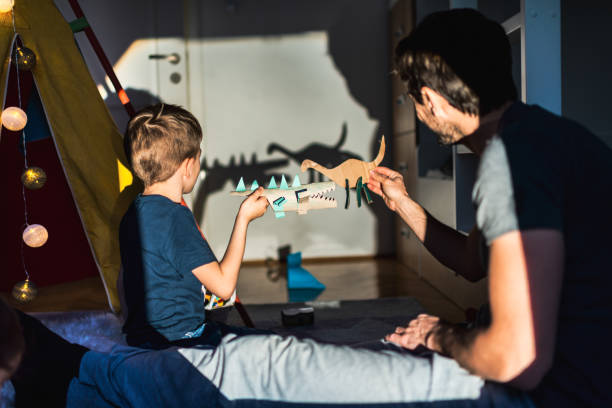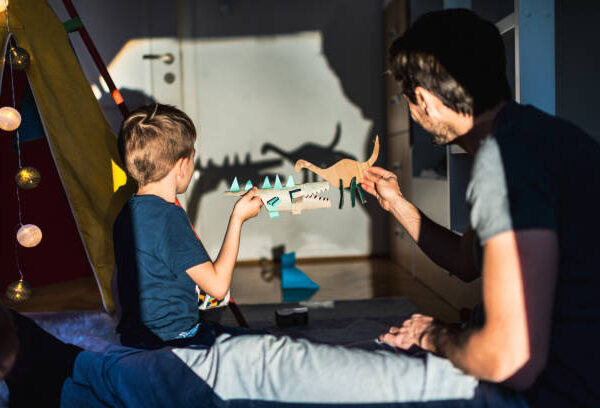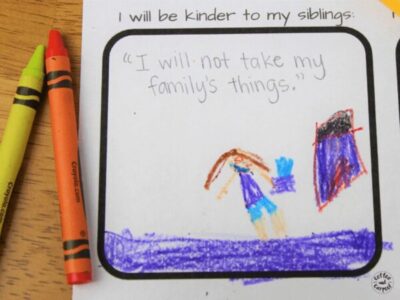
Storytelling to Understand Emotions
The following is provided by the Texas A&M Institute for Early Childhood Development & Education
Children are enthusiastic storytellers, often describing unique fantasy worlds, vivid characters, and plot twists you’d never imagine. In preschool, storytelling happens when a teacher reads a book, when children share stories with each other, or when a child tells you about their day. These moments are more than entertainment. Storytelling helps children develop language and literacy skills, understand emotions and how to express them, build children’s knowledge of social situations, and gain confidence as they better understand themselves.
You and your child already read books, make up stories, and talk about your day! Try these fun additions to your storytelling to continue to support your child’s social-emotional learning as well as their language development:
Role-Play Together: Act out scenes from stories or real-life situations. Use dramatic voices and facial expressions to show different emotions. Have fun with it and encourage your child to do the same. Role play helps children develop communication, problem solving, and skills for expressing feelings.
Talk About Feelings: While reading or telling a story, pause and ask your child how they think a character feels or how they feel at a certain moment. Encourage your child to describe emotions in their own words. Then, gently follow up with: “It sounds like you (or the character) felt ____. Why do you think you (or they) felt that way?” This builds your child’s awareness of emotions and why they happen.
Imagine Different Outcomes: After discussing how your child or a character felt, ask how those feelings might change if the situation changed. For example, “How would you feel if…?” or “What if the story ended another way?” This encourages your child to think about different perspectives and how situations affect emotions. Taking on different perspectives helps children to develop empathy.
Share Your Own Stories: Tell your child stories from your own childhood, including funny or challenging experiences. Build connections and encourage your child to tell a story about when they felt the same way. Sharing how you face strong emotions shows your child that everyone has feelings and it’s okay to talk about them.














